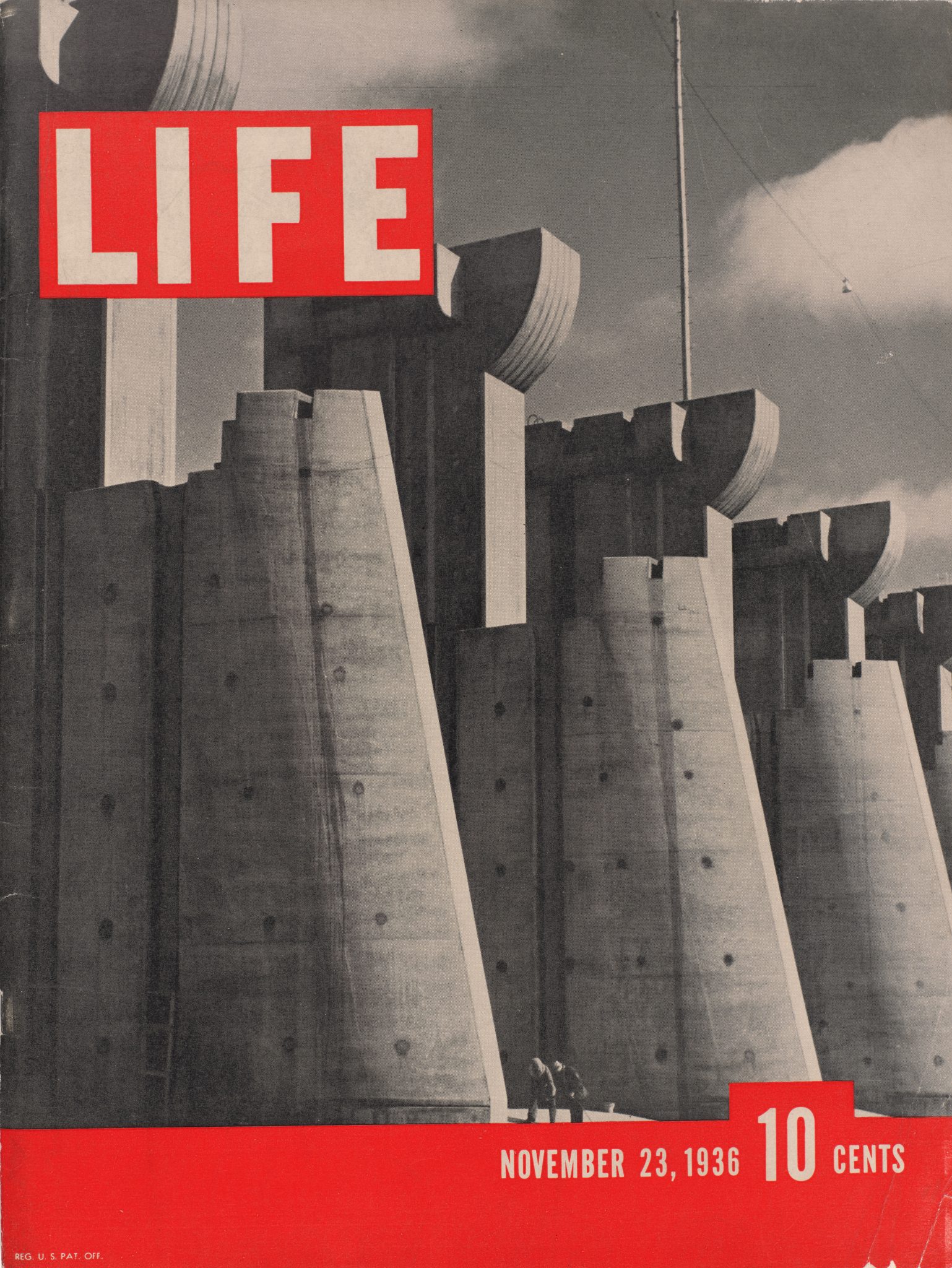From its first issue in 1936, with an image by the photographer Margaret Bourke-White on its cover, to the suspension of weekly publication in 1972, “Life” magazine employed photographs to tell stories of worldwide events.
In the process, it visualized a distinctly mid-20th-century American worldview and fundamentally shaped modern ideas about photography.
Co-organized by the Princeton University Art Museum and the Museum of Fine Arts, Boston, “Life Magazine and the Power of Photography” is the first museum exhibition to take an in-depth look at the photographs that made “Life” revolutionary, by exploring how its photographs were assigned, captured, selected, cropped, sequenced, manipulated and prioritized.
The exhibition will feature approximately 150 objects, including contact sheets, photographer’s assignment notes, internal memos and layout experiments, as well as original press prints and issues of “Life.” The organizers are the first museums to be granted complete access to the Life Picture Collection and among the first to delve deeply into the newly available Time Inc. Archive at the New-York Historical Society.
“Life Magazine and the Power of Photography” is co-curated by Katherine A. Bussard, Peter C. Bunnell curator of photography at the Princeton University Art Museum, and Kristen Gresh, Estrellita and Yousuf Karsh senior curator of photographs at the Museum of Fine Arts, Boston.
It will debut in Princeton on Feb. 22, before opening at the Museum of Fine Arts, Boston, later in August.
“This sweeping examination of 20th-century visual culture portrayed by ‘Life’ magazine provides exceptional insight into the magazine’s impact and its collaborative approach to storytelling while shedding light on our current practices of both visual narration and image consumption,” said James Steward, Nancy A. Nasher–David J. Haemisegger, Class of 1976, director.
The work of photographers both celebrated and overlooked – including Margaret Bourke-White, Larry Burrows, Henri Cartier-Bresson, Frank Dandridge, Alfred Eisenstaedt, Fritz Goro, Gordon Parks and W. Eugene Smith – will be explored in the context of the creative and editorial decision-making structures at “Life.”
Through the editorial process, “Life” magazine promoted a predominately white, middle-class perspective on politics and culture, and its photographs played an important role in 20th-century dialogues in the United States surrounding war, race, technology, art and national identity.
Lenders to the exhibition will include the Life Picture Collection, the Time Inc. Archive at the New-York Historical Society, major museums, artists’ estates, both organizing institutions and numerous private collections. A full lenders list will be available shortly.
A illustrated 336-page publication, published by the Princeton University Art Museum and distributed by Yale University Press, will accompany the exhibition, with essays and contributions from 25 scholars of art history, American studies, history and communication studies.
“Life Magazine and the Power of Photography” is made possible by lead support from Jim and Valerie McKinney. Generous support is also provided by the Humanities Council’s David A. Gardner ’69 Magic Project, Princeton University, the National Endowment for the Arts; and the Allen R. Adler, Class of 1967, Exhibitions Fund. Additional supporters include Stacey Goergen, Class of 1990, and Robert B. Goergen; Christopher E. Olofson, Class of 1992; the Sara and Joshua Slocum, Class of 1998, Art Museum Fund; the New Jersey State Council on the Arts, a partner agency of the National Endowment for the Arts; the Frederick Quellmalz, Class of 1934, Photography Fund; and the Brown Foundation Fellows Program at the Dora Maar House.
The accompanying publication is made possible with support from the Barr Ferree Foundation Fund for Publications, Department of Art and Archaeology, Princeton University; the Joseph L. Shulman Foundation Fund for Art Museum Publications; Annette Merle-Smith; and the Wyeth Foundation for American Art.
About the Princeton University Art Museum
With a collecting history that extends back to 1755, the Princeton University Art Museum is one of the leading university art museums in the country, with collections that have grown to include over 110,000 works of art ranging from ancient to contemporary art and spanning the globe.
Committed to advancing Princeton’s teaching and research missions, the Art Museum also serves as a gateway to the university for visitors from around the world. Intimate in scale yet expansive in scope, the museum offers a respite from the rush of daily life, a revitalizing experience of extraordinary works of art and an opportunity to delve deeply into the study of art and culture.
The Princeton University Art Museum is located at the heart of the Princeton campus, a short walk from the shops and restaurants of Nassau Street. Admission is free. Museum hours are Tuesday, Wednesday, Friday and Saturday 10 a.m. to 5 p.m.; Thursday 10 a.m. to 9 p.m.; and Sunday 12 p.m. to 5 p.m. The Museum is closed Mondays and major holidays.
Art@Bainbridge, the museum’s new gallery project dedicated to emerging contemporary artists, is located at 158 Nassau St. in downtown Princeton. Admission is free. Art@Bainbridge hours are Sunday to Wednesday, 11 a.m. to 5 p.m. and Thursday to Saturday, 11 a.m. to 8 p.m.
For more information, visit: artmuseum.princeton.edu.

